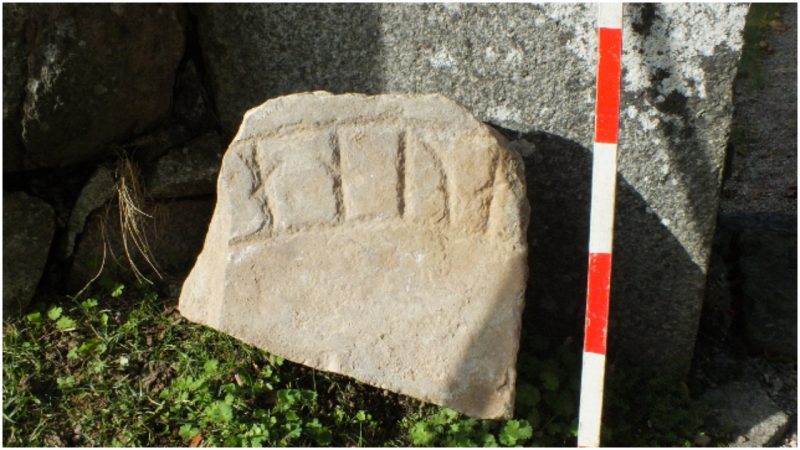A 1,000-year-old runestone was found in Sweden in October 2018 during renovation of a stone wall outside of a church north of Uppsala. Runes are the oldest existing original works of writing in Scandinavia.
“We found it when the wall was broken down and put back together,” Robin Lucas, archaeologist at the Uppland Museum, told The Local. “It’s from the classic runestone-erecting period of the 11th century.”
Runes can be found all over Scandinavia, especially in Sweden’s Uppland province. They are stones carved with runic inscriptions dating from anywhere from the Bronze Age to the 20th century. But most of Sweden’s runestones date from the end of the Viking Age, or the 11th century AD.
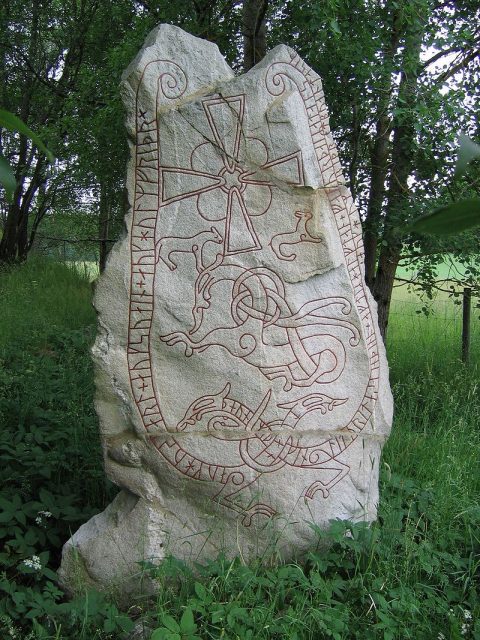
Runestones were primarily memorials to dead relatives or friends. But they should not be confused with grave markers.
The Local said four runes can be seen on the discovered stone – “an ua” – but most of the inscriptions are missing from the fragment. Neither word is complete, but can potentially be read as “… he was…” or “… he has become”.
This runestone stands out as unusual because it was made of limestone.
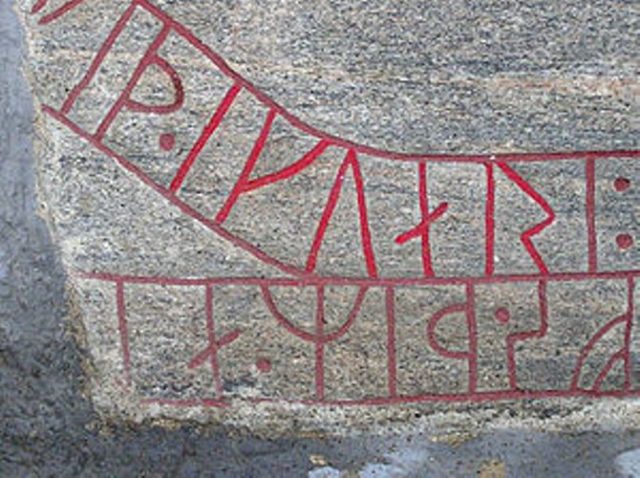
“Runestones made of limestone are very rare in Uppland. Usually, granite dominates. In areas with a lot of limestone, such as Gotland and Öland, it is more common. But limestone does exist in Uppland in small pockets, so it may very well be from around here,” said Lucas.
Only one piece of runestone made of limestone has so far been found in the area, also at Lena Church many years ago. Archaeologists believe the two fragments come from the same stone.
The first fragment, which has been tentatively dated to the late 11th or early 12th century, reads: “… Åsbjörn and… land. May God deceive those who failed him.”

“That is a curious formulation,” said Lucas in an interview. “Most runestones are from Christian origin, just like these ones. They usually say things like ‘praise the Lord,’ so it is quite uncommon to use a stone like that to ask for vengeance.”
According to the Swedish National Heritage Board, there are about 7,000 runic inscriptions in the world, of which half are Viking Age runestones.
Sometimes the runic inscription is read from left to right, sometimes from right to left.
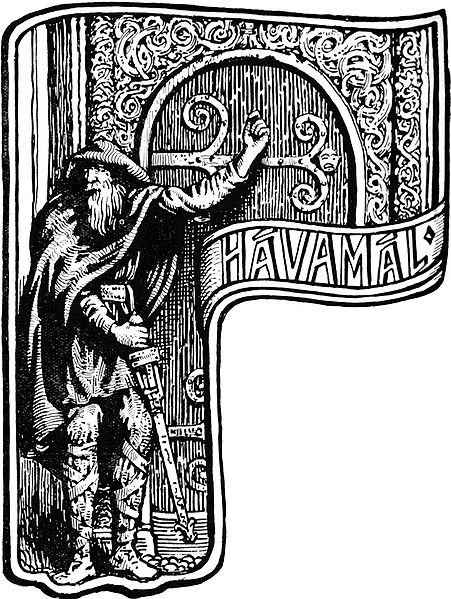
The poem Hávamál, presented as a single poem in the Codex Regius, says that Odin discovered runes when he hung himself from the world tree Yggdrasil in order to learn wisdom.
He hung on the tree for nine nights and days. Just as he was about to die, he discovered the runes, grabbed them, and earned his life.
A more down-to-earth explanation is that the runes were inspired by the Latin alphabet.

According to Real Scandinavia, many runestones remain where they were apparently originally placed, although others have been moved to new locations.
There is even a runestone set in the foundation of a house at the intersection of Kåkbrinken and Prästgatan in Stockholm’s Old Town, the stone having been reused as building material in an age when its archaeological value was less appreciated than today.
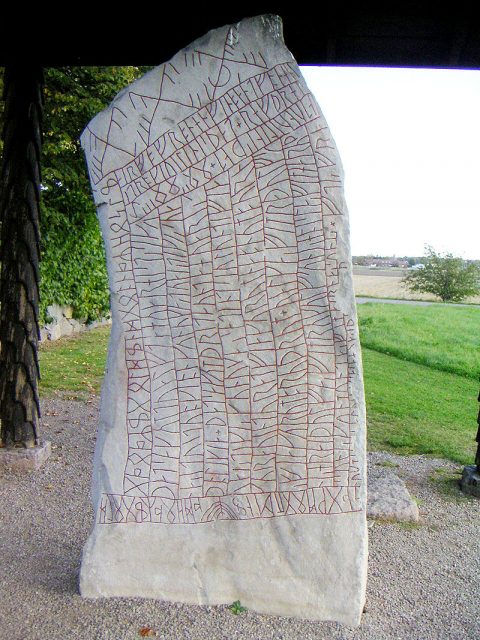
The longest known runic inscription (nearly 800 characters) is found on Rökstenen (the Rök Stone) in Östergötland. Raised in the 9th century A.D., Rökstenen’s text begins: “In memory of Vämod stand these runes / But Varin wrote them, in memory of his dead son….”
Runes continued to appear in many places, from church doors to everyday objects, through the Middle Ages and even beyond in places such as Gotland and Dalarna.
Read another story from us: Huge 1,000-yr-old Viking Ship Grave Found in Norway
Some people believe runes also served a magical or divining purpose. Tacitus thought that when Germanic people took auspices, they read signs through the use of runes.
